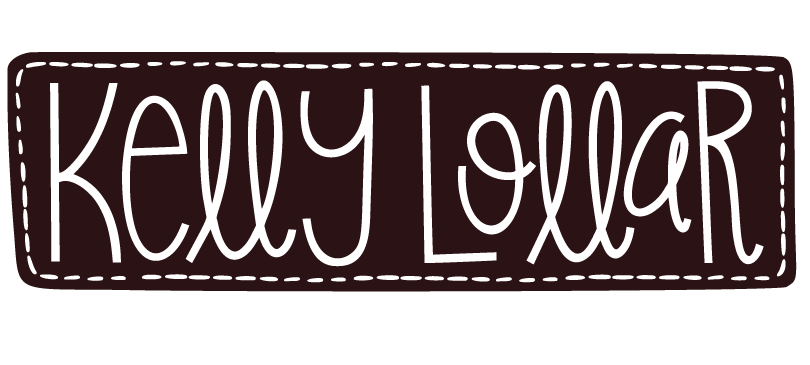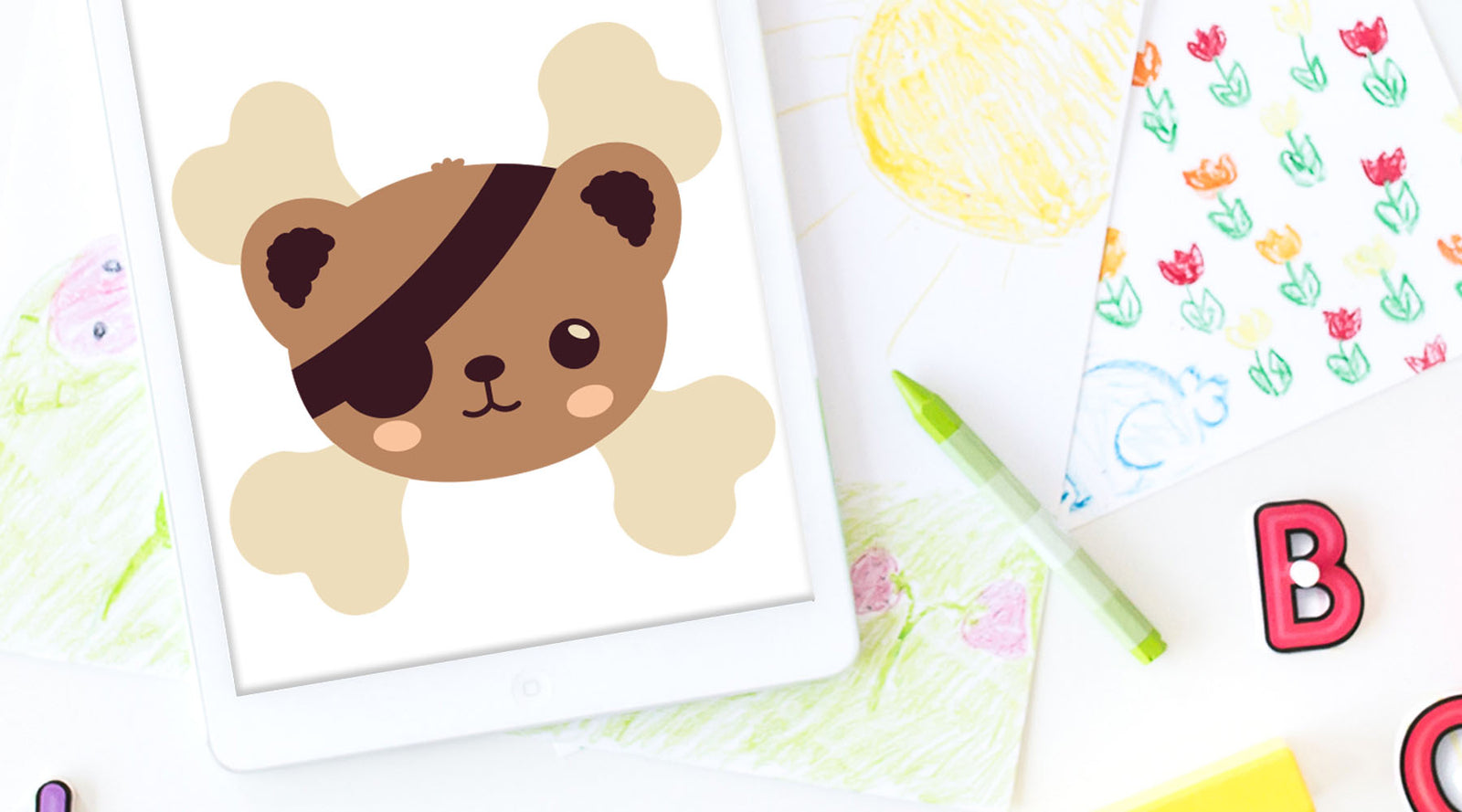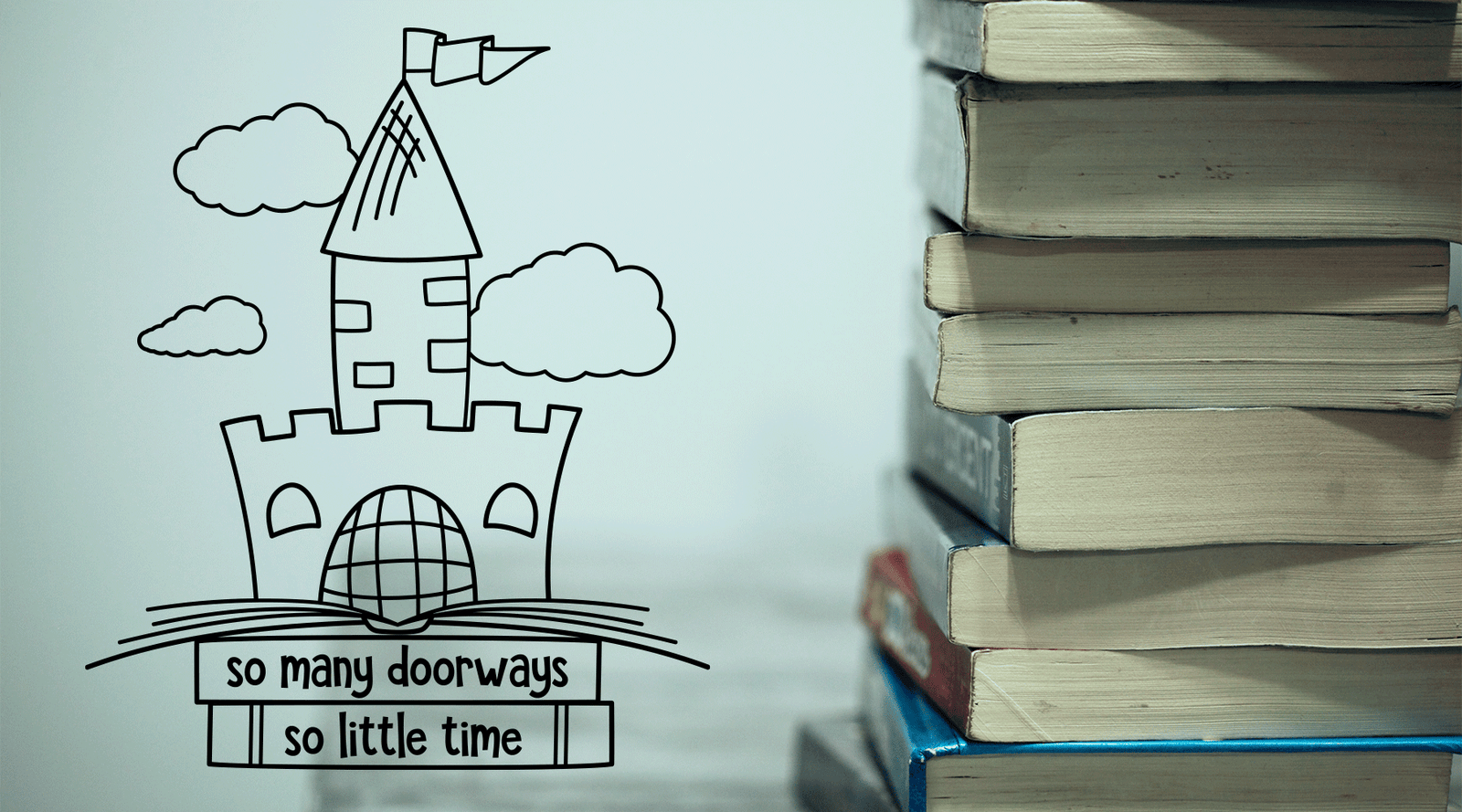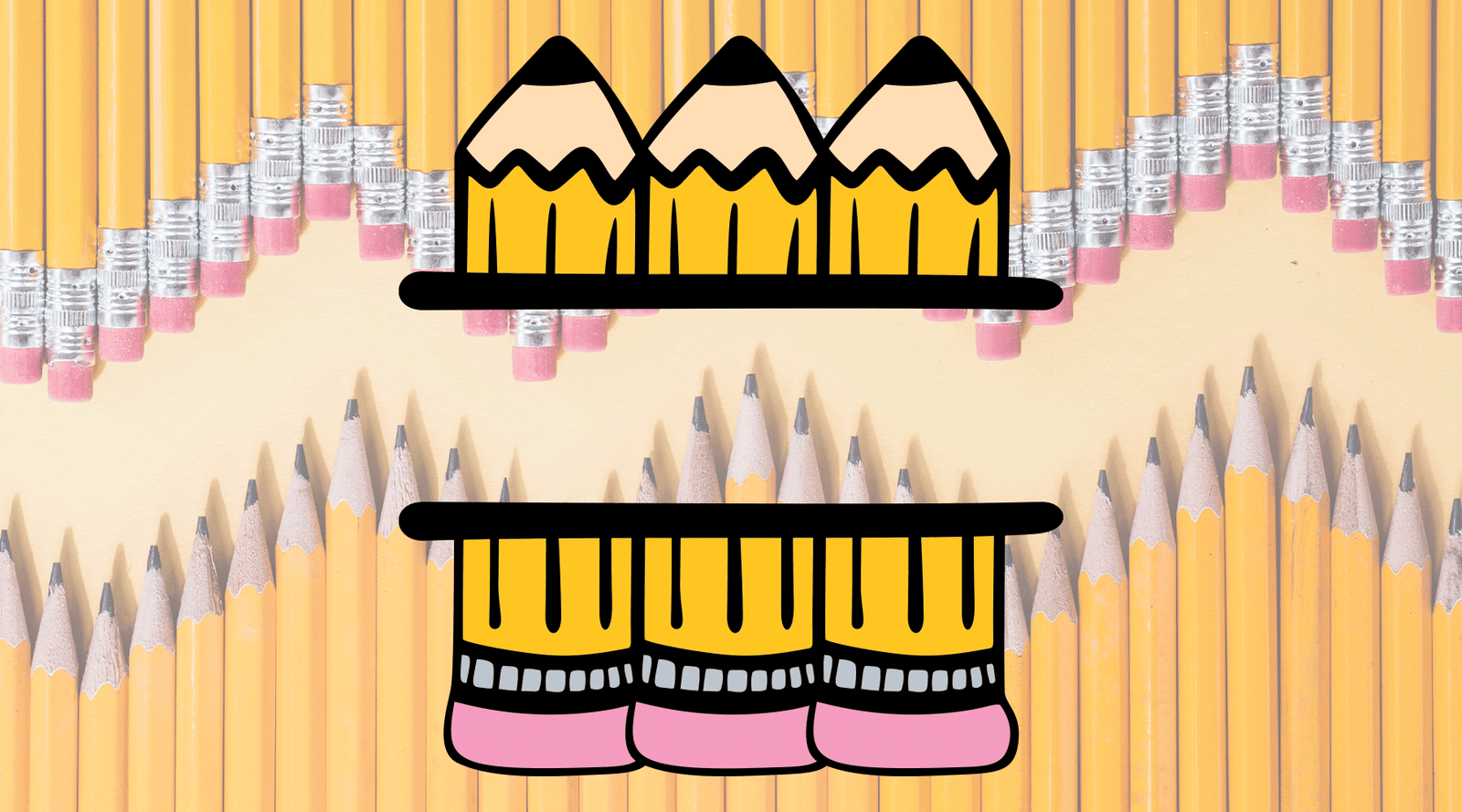New to Silhouette and eyeing all of those pretty designs on Etsy? You just need to know what files to look for and how to use them.
We'll also look at why upgrading your software to use svg files is a smart investment.
WHAT IS A DXF?
First up, you've been reading about using designs for purchase outside of the Silhouette Design Store and all of these people keep using these file extensions - .svg and .dxf.
An svg is the universal file type used by cutting machines. Silhouette Studio requires an upgrade in order to use these files, but there is a loophole - the dxf file.
DXF files were original created as CAD files to allow information to be read by multiple programs. These designs do not have groups or compound paths.
If you've played with some of the designs you purchased with your starter voucher, you may have noticed when you open the multi-color designs you need to un-group the design in order to move the pieces around. Grouping is a temporary state where the parts are not connected by cutting but can be moves around together.
On solid color designs you can just open them and move them around as you like without loosing any of the pieces. These are compound paths. A compound path permanently binds all of those little parts together so no matter what what for those parts the cutter has to abide by that path.
If you would like to follow along with the same file, you can download a copy right now here.

So this is what you see when you open a dxf. No fill color, nothing special - just black and white lines.
If you select the entire design you will see boxes pop up around each of the separate pieces.
In this case, the insides of the letters, like the centers of the o's circled above are not connected. If you grabbed one to move it, only that piece would move, not the entire letter.
HOW DO I USE IT?
So, to make sure that you don't accidentally loose any of the pieces when you move them or accidentally resize only part of the design, you want to make sure to compound path that sucker before you do anything else.

Select the entire design and click "Object" in the top menu and select "Make Compound Path" toward the bottom.
This is what is will look like after everything is pathed together:

Just to note, my dxf files include all of the elements of the design spread out so it's easier to path them. I also put everything in one file because you can't control the size they open at. This way everything is the same ratio.
If you have mixed colors throughout a design it would be really hard to pick through all of those lines to make sure you compound pathed the right ones.
That's the only special thing you'll need to do every time you use a dxf. If you forget and moved something by accident, you can always close the file and open it again.
WHY SHOULD I UPGRADE MY SOFTWARE?
Silhouette Studio has an upgrade called Designer Edition that will let you open and use svg files. Why bother? Lots of reasons
1. COMPOUND PATHS
No need to worry about the steps above, plus you can open full designs with all of the components and move them at will.

2. CONSISTENCY
See how the dxf on the top is a lot bigger than the svg below it? DXF are stripped of a lot of information, including size.
With dxf files you'll have to resize and piece everything together. With an svg everything will be in place and consistently sized.

3. LOST INFORMATION
If size and paths are lost, what else is missing? Depending on how complex the file is, a lot can be. The eagle above is one of my more complex designs.
The shapes of the cuts can be changed or sometimes lost when converting to dxf. I once saved an egg shape that had 2 points and the dxf turned it angular and added 20 or more points.
SVG files will give you a cleaner cut that matches what was originally created.

4. ANNOYING INCONSISTENCIES
This is kind of nit-picky, but if you like to cut multiple designs at one time to save you from having to reload the same colors over and over, it's kind of important.
See the eagle above that I compound pathed? When I tried to fill the design it only filled the little pieces on the inside that really are supposed to be weeded out. It will still cut the same, it just makes a little harder for reference when weeding or when trying to place a bunch of pieces to cut at once.
5. SAVES TIMES
For a $25 investment, you can save yourself time and the frustration in dealing with dxf files. Ultimately the decision is up to you, but if you plan on using your machine a lot or for business, I would recommend upgrading.




